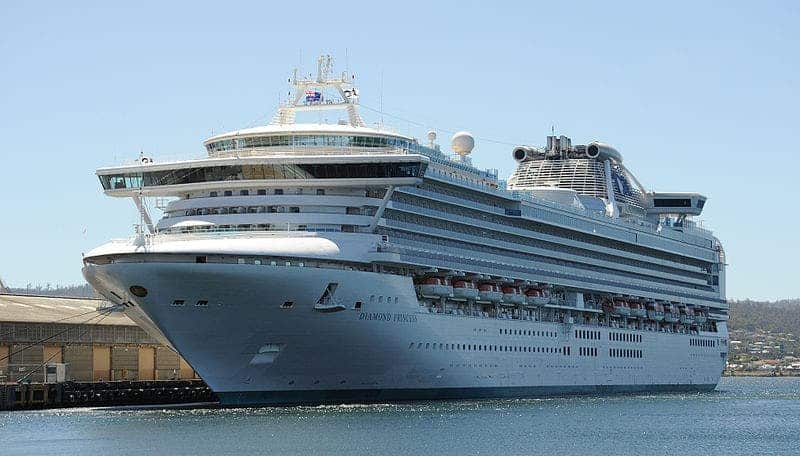The situation on the Diamond Princess cruise ship could have been handled much better, reports are showing.

More cases
When the first case of coronavirus was confirmed on board the Diamond Princess, Japanese authorities took a harsh measure: all the 3,700 passengers would be banned from disembarking and quarantined on the ship.
By 19 February, when the ship’s quarantine ended, a total of 619 passengers had been infected by the coronavirus — far surpassing even the highest contagion rates observed elsewhere in the world. Despite some precautionary measures (such as separating passengers who showed signs of illness from those who didn’t), the disease spread like wildfire across the ship.
Now, a new study suggests that quarantining the passengers in a proper facility would have been much better, and greatly reduced the number of infections.
“The infection rate onboard the vessel was about four times higher than what can be seen on land in the worst infected areas of China. A probable cause is how close people stay to one another onboard a vessel,” says Joacim Rocklöv, Professor of epidemiology at Umeå University in Sweeden, and principal author of the article.
The cramped conditions of a cruise ship, where everyone stays in close proximity to each other, facilitated the spread of the disease, the study concludes. The preventive measures did help, researchers say. According to their models, without any intervention, almost 3,000 of the 3,700 patients would have been infected. However, an early evacuation and proper quarantine would have been even better.
If instead of using the ship as a quarantine, a normal quarantine center would have been used, the number of cases could have been limited to around 70, researchers say.
“If the ship had been immediately evacuated upon arrival in Yokohama, and the passengers who tested positive for the coronavirus and potential others in the risk zone had been taken care of, the scenario would have looked quite different. Our calculations show that only around 70 passengers would have been infected. A number that greatly falls short of the over 600 passengers the quarantine resulted in. The precautionary measure of putting the entire ship under quarantine was understandable, but due to the high risk of transmission on the ship, the decision is now questionable,” says Joacim Rocklöv.
Drop them off at the mall

The situation was mishandled even after the initial ship quarantine. CDC officials planned to drop off some cruise ship passengers at a mall, after a two-week quarantine at an airbase in Texas.
However, a woman was mistakenly released from quarantine despite testing positive, visiting said mall (the North Star Mall in San Antonio) where the others were supposed to be dropped off. This prompted the city of San Antonio to take legal action against the CDC and declare a public health emergency. City officials felt that the plan would not work to “minimize the threat to the community.”
Laura Mayes, spokeswoman for the city of San Antonio, said that knowing about the plan from the Centers for Disease Control and Prevention was “part of why the city wanted to pause it.”
“We wanted to make sure things were orderly and done with as limited exposure as possible to the public,” she explained.
At the time of this writing, there are 128 confirmed coronavirus cases in the US, but there are concerns that the number might explode in future days.
Worldwide, the number of cases outside of China are surging. The disease seems to be rapidly spreading in South Korea, Italy, Japan, and Iran, spiking fears about a global pandemic.
This is an ongoing situation and the page might not be updated regularly.



